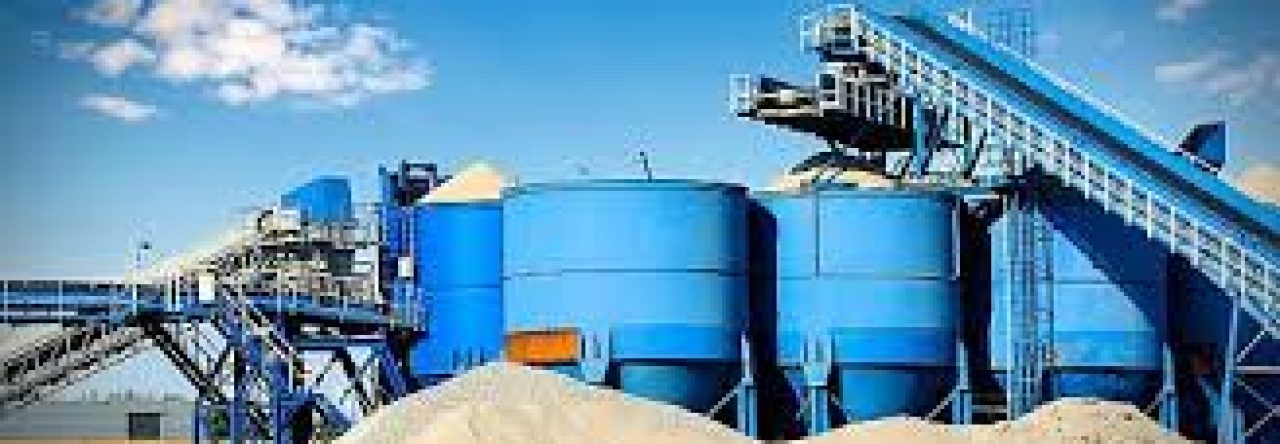Filtration and discharge of sewage are vital processes for maintaining a clean and healthy environment. The proper treatment of sewage ensures the removal of harmful pollutants and the safe disposal of wastewater. This article discusses the best practices and technologies for sewage filtration and discharge, including the use of biological treatment, membrane filtration, and disinfection processes.
Introduction
Filtration and discharge of sewage are critical processes for the safe and efficient disposal of wastewater. The proper treatment of sewage is essential for maintaining a clean and healthy environment. In this article, we will discuss the best practices and technologies for sewage filtration and discharge, including the use of biological treatment, membrane filtration, and disinfection processes.
.jpg)
Biological Treatment
Biological treatment is a common method for the filtration and discharge of sewage. It involves the use of microorganisms to break down organic matter in the wastewater. The microorganisms consume the organic matter and convert it into harmless byproducts, such as water and carbon dioxide. Biological treatment is an effective method for removing pollutants from sewage and is commonly used in municipal wastewater treatment plants.
Membrane Filtration
Membrane filtration is a process that uses a semi-permeable membrane to filter out contaminants from wastewater. The membrane allows water molecules to pass through while blocking larger particles and pollutants. Membrane filtration is an effective method for removing solids, bacteria, and other contaminants from wastewater. It is commonly used in industrial wastewater treatment and can produce high-quality effluent.
.jpg)
Disinfection Processes
Disinfection is a critical process for the filtration and discharge of sewage. It involves the use of chemicals or physical processes to kill or inactivate harmful microorganisms in the wastewater. Disinfection processes can include the use of chlorine, ultraviolet (UV) radiation, or ozone. Disinfection is essential for protecting public health and ensuring the safety of the environment.
Best Practices
The best practices for sewage filtration and discharge include regular maintenance of treatment systems, proper monitoring of effluent quality, and adherence to local regulations and standards. It is essential to choose the appropriate treatment method and technology for the specific wastewater characteristics and discharge requirements.
.jpg)
Conclusion
Filtration and discharge of sewage are critical processes for maintaining a clean and healthy environment. The proper treatment of sewage ensures the removal of harmful pollutants and the safe disposal of wastewater. Biological treatment, membrane filtration, and disinfection processes are effective methods for sewage filtration and discharge. By following best practices and selecting the appropriate treatment method and technology, we can ensure the safe and efficient disposal of wastewater.

-1024x610.jpg)
.jpg)
.jpg)
.jpg)
.jpg)
.jpg)
.jpg)
.jpg)
.jpg)
.png)
-1024x656.jpg)
-1024x576.jpg)
.jpg)
-1024x684.jpg)
.png)
-1024x768.jpg)
-1024x576.jpg)
.jpeg)
.jpg)
-1024x683.jpg)
.jpg)
.jpg)
-1024x768.jpg)
.jpg)
.jpg)
.jpg)
.jpg)